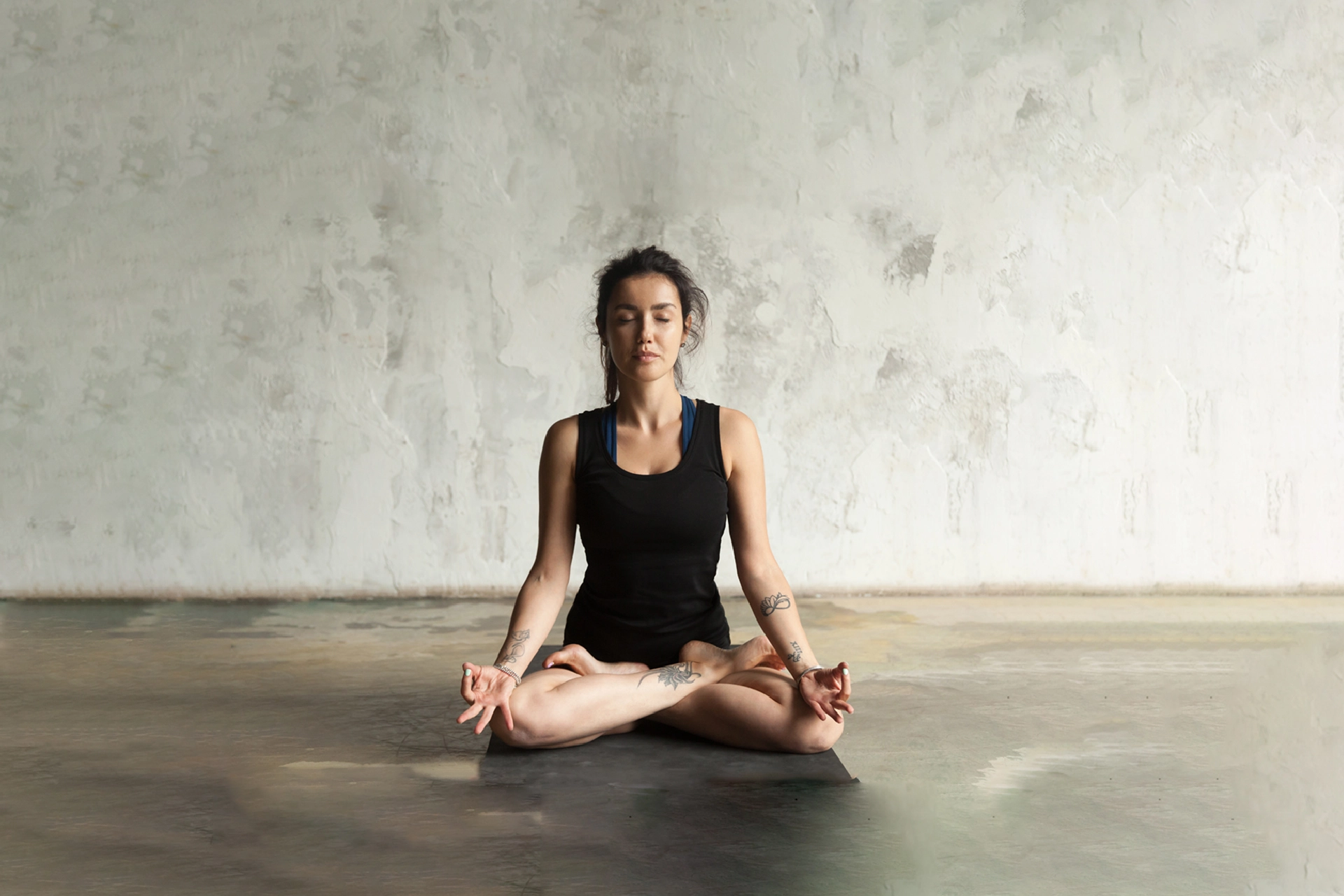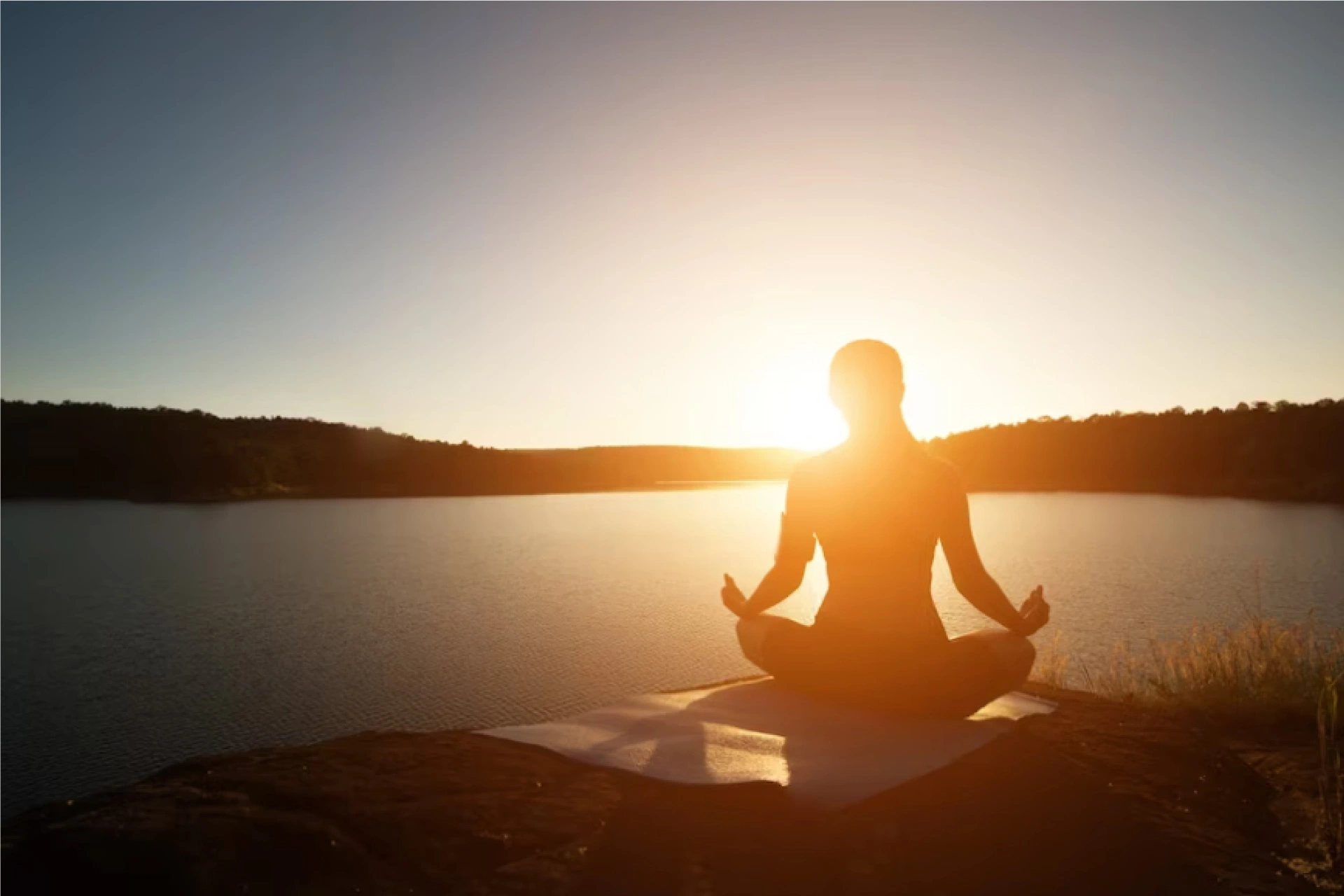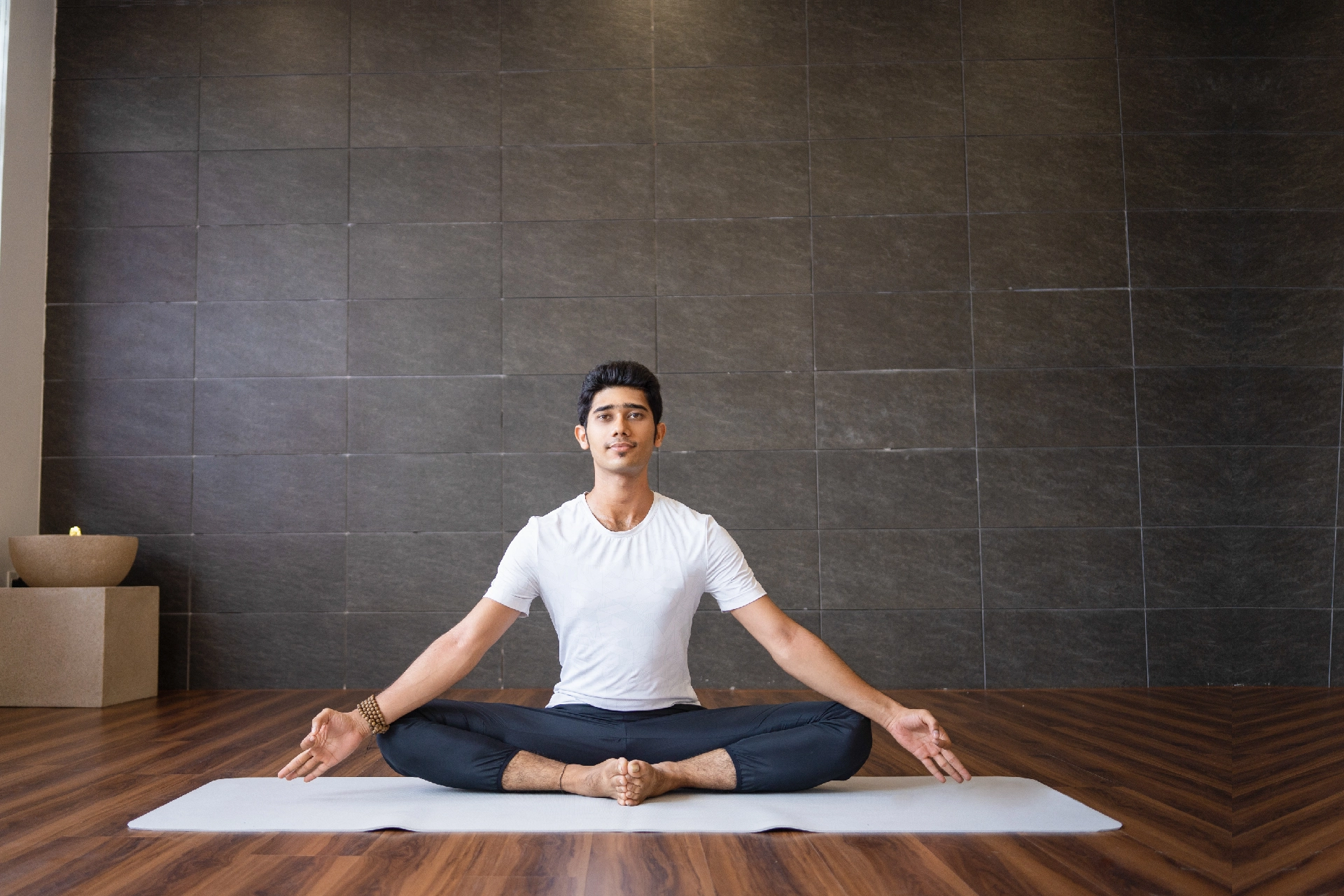Physiotherapist | 5 min read
Bhastrika Pranayama: Definition, Benefits and Precautions
Medically reviewed by
Table of Content
Synopsis
Bhastrika pranayama is a yoga exercise that focuses on breathing. It improves oxygen flow into the body and harmonises the body and mind. This blog discusses all the things that you need to keep in mind before you start practicing this.
Key Takeaways
- Bhastrika pranayama consists of forceful inhalation and exhalation of air in quick succession
- Bhastrika Pranayama benefits respiration and increases the supply of oxygen to the organs
- Bhastrika pranayama helps improve your mental health by lowering stress and anxiety
Bhastrika pranayama can be a powerful tool for enhancing physical, mental, and spiritual well-being. It is believed that this yoga can activate pranic energy, also known as the life force energy or the vital energy that flows through the body. However, it's important to approach this exercise cautiously and learn the proper techniques, as incorrect practice can lead to dizziness or hyperventilation. In this blog, we shall look at Bhastrika pranayama's benefits, steps, types, and precautions.
What is Meant by Bhastrika Pranayama?
Bhastrika Pranayama is a yogic breathing technique that involves rapid and forceful inhalations and exhalations. "Bhastrika" comes from the Sanskrit word for "bellows," which blacksmiths use to blow hot air over metal to melt it. In Bhastrika Pranayama, this same concept is applied to the body, as rapid breathing generates heat and energy.
This practice is known for increasing lung capacity, oxygenation, and blood circulation while calming the mind and reducing stress. Bhastrika Aasan is a foundational practice in traditional hatha yoga and can be incorporated into a daily yoga routine or practiced on its own.
Bhastrika Pranayama Steps to Follow
There are several steps for bhastrika asana which can be followed correctly to complete this yoga technique, such as:
- Start by settling into a cross-legged or thunderbolt pose (Vajrasana) on the floor. The optimal position is Vajrasana, in which the diaphragm moves more effectively and the spine is straight
- Your arms should be close to the shoulders when you curl your hands into a fist
- Take a big breath in, and then lift your hands with your fists wide open
- Exhale forcefully and lower your arms close to your shoulders, tightening your fists
- Rep this process for another twenty breaths
- Place your palms on the thighs and relax
- Inhale and exhale at your normal pace
- Repeat the above steps for two more rounds
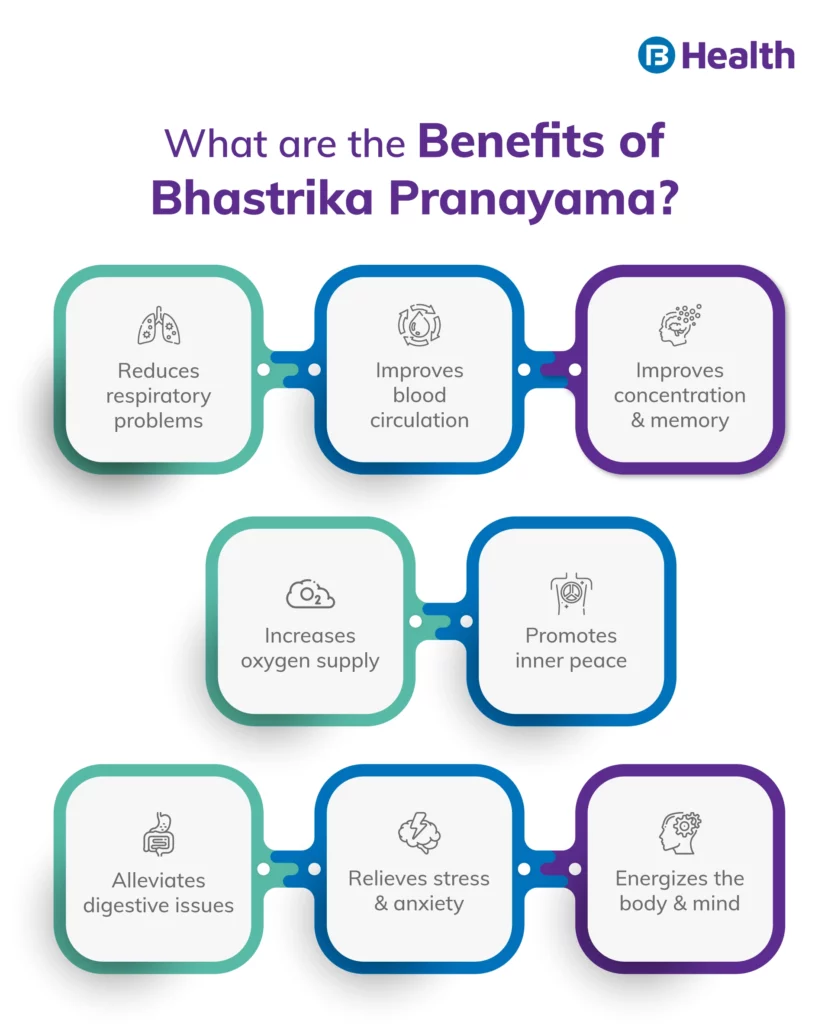
Benefits of Bhastrika Pranayama
Bhastrika Pranayama is known for balancing the three doshas: Kapha, Vata, and Pitta. This helps you lead a happy, disease-free life and positively affects your health.
Following Are the Health Benefits of Bhastrika Pranayama:
- Rapid inhaling and exhaling increases the amount of oxygen in the body which increases energy levels and improves overall health
- Regular practice of bhastrika aasan can help strengthen and expand the lungs, improving their capacity and function [1]
- The rhythmic breathing improves blood flow and circulation throughout the body [2]
- Bhastrika asana lowers stress, tension and anxiety by increasing blood flow to the brain. It can help calm the mind and promote greater relaxation and well-being
- Bhastrika Pranayama benefits the digestive system, improves metabolism and promotes healthy digestion. It prevents stomach problems like flatulence and constipation [3]
- One of the benefits of Bhastrika Pranayama for people who have respiratory problems like the flu, the cold, or seasonal allergies, is that your throat, sinuses, and nose will be free of congestion
- It also guards against neurological diseases like dementia and Alzheimers disease. It also improves your cognitive skills, focus, memory, and concentration by oxygenating your nervous system [4]
- Bhastrika Asana lessens your reliance on medications and other invasive procedures that are more time-consuming and costly [5]
Bhastrika Pranayama Types
There are three types of Bhastrika pranayama, depending on the frequency and pace of breathing. They consist of the following:
Slow Pace (Samanaya Gati)
This entails performing Bhastrika pranayama at one breath every two seconds. This is advised for those who have age-related cardiac or blood pressure issues.
Medium Pace (Madhyam Gati)
Bhastrika breathing should be done at one breath per second in Madhyam Gati. It is recommended for experienced yoga practitioners.
Fast Pace (Teevre Gati)
This Bhastrika breathing method is practiced by advanced yoga practitioners at a rate of three to four breaths per second. This form of the Bhastrika Pranayama technique must be avoided by those with back pain, hernias, or cardiac conditions.
Additional Read: Yoga For Heart Health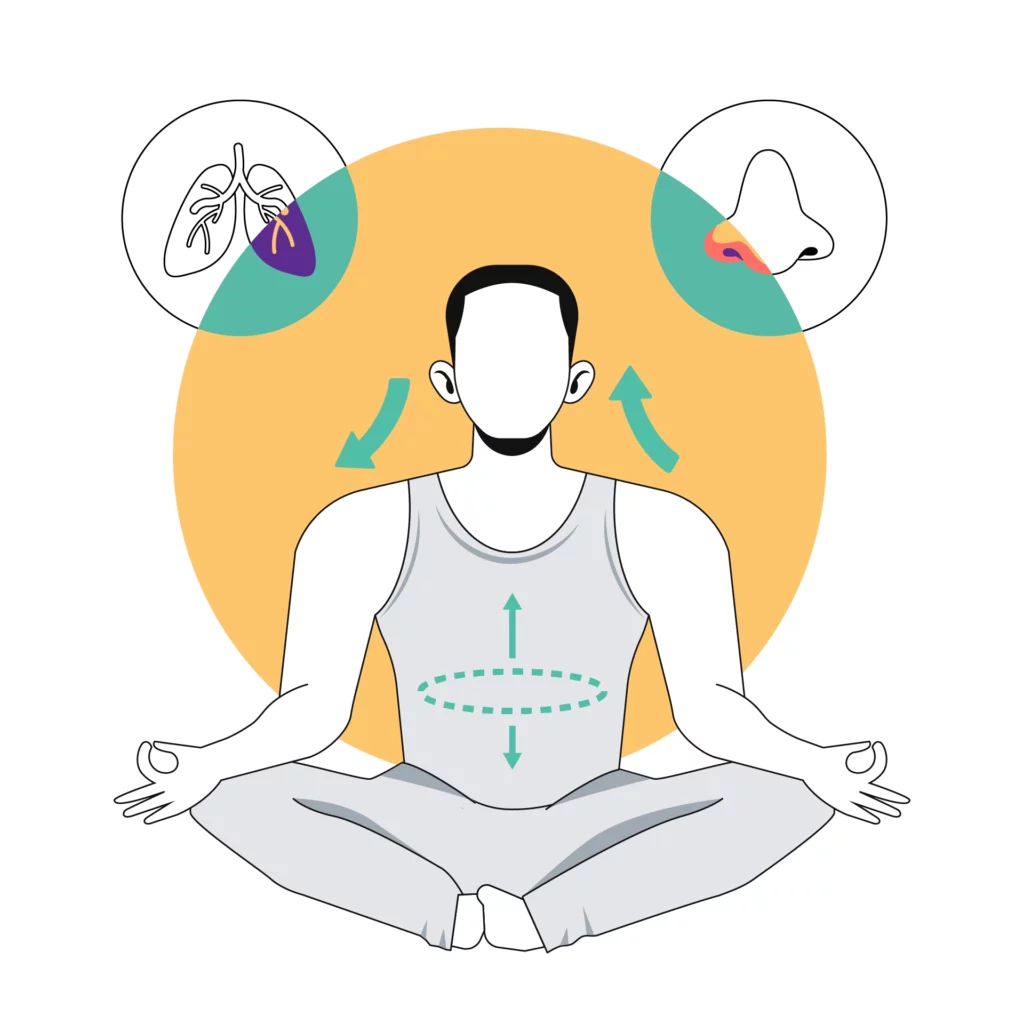
Precautions for Bhastrika Pranayama
Even though Bhastrika Aasan offers many health advantages, it is important to be aware of its contraindications. Some precautions you need to take are mentioned below:
- To prevent fatigue and injury, beginners should only perform Bhastrika pranayama yoga after receiving instruction from an experienced practitioner
- Choose a well-ventilated room to practice and avoid doing it outdoors when the air is polluted or during extreme weather condition
- Pregnant women should avoid practicing this yoga, or any other form of vigorous breathing exercises
- People with heart problems, hernias, and back pain should avoid the strenuous Bhastrika pranayama steps
- Practice this yoga on an empty stomach, preferably in the morning or evening
- Avoid straining or forcing your breath, and do not hold your breath for too long.
- Stop if you feel dizzy, lightheaded, or uncomfortable, and consult with a general physician
- Do not practice Bhastrika if you have a cold, fever, or flu or are under stress
- If you have high blood pressure, practice the yoga with precaution and only try the slow-paced variant
How to Do It Correctly?
- Do warm-up exercises in Sukhasana or another meditative position before you practice Bhastrika Pranayama
- If you cannot sit on the floor, sit on a sturdy chair with an upright backrest. Maintain your spine upright and your upper body straight
- Practice three rounds per session, pausing in between. The pause will help you regain your focus before continuing again
- Ensure that your head, spine, and throat are all in a straight line. Also, keep your mouth closed when performing Bhastrika Pranayama
- Start by practicing slow, deep breathing before gradually increasing the speed and intensity of your inhalations and exhalations
- In the summer heat, you should avoid using this type of controlled breathing because it raises body temperature
Bhastrika Pranayama is a simple yet effective yoga technique that can positively impact your physical, mental, and emotional health, making it a valuable tool for anyone looking to improve their overall well-being. However, It's important to consult with a healthcare professional before beginning any new exercise or breathing practice, including Bhastrika Pranayama. You can get in touch with doctors at Bajaja Finserv Health to get a consultation online or offline, whatever suits you.
References
- https://www.ncbi.nlm.nih.gov/pmc/articles/PMC6746052/
- https://www.ncbi.nlm.nih.gov/pmc/articles/PMC3415184/
- https://www.ncbi.nlm.nih.gov/pmc/articles/PMC6341159/
- https://www.ncbi.nlm.nih.gov/pmc/articles/PMC7253694/
- https://pubmed.ncbi.nlm.nih.gov/19249921/
Disclaimer
Please note that this article is solely meant for informational purposes and Bajaj Finserv Health Limited (“BFHL”) does not shoulder any responsibility of the views/advice/information expressed/given by the writer/reviewer/originator. This article should not be considered as a substitute for any medical advice, diagnosis or treatment. Always consult with your trusted physician/qualified healthcare professional to evaluate your medical condition. The above article has been reviewed by a qualified doctor and BFHL is not responsible for any damages for any information or services provided by any third party.
